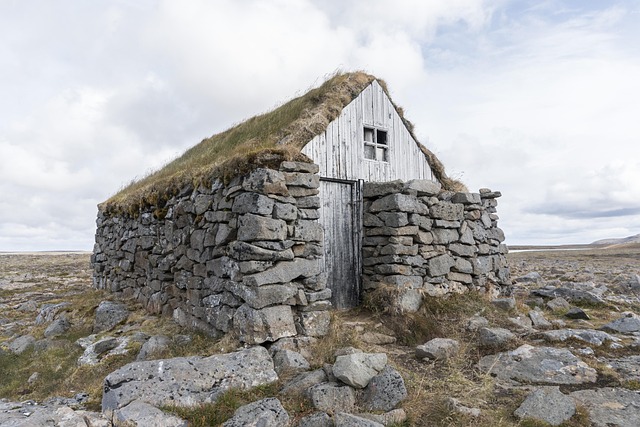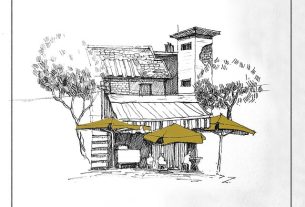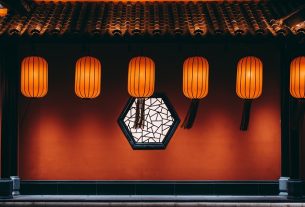Traditional Chinese houses combine exquisite craftsmanship, harmonious design, and functional innovation. With their use of natural materials, iconic layouts like the sihe, and adaptation to diverse climates, these structures showcase centuries of architectural mastery. Modern reinterpretations blend historical aesthetics with contemporary functionality, resulting in award-winning residences that honor heritage while embracing sustainability.
“Unveiling the aesthetic allure and structural brilliance of Traditional Chinese Houses is a journey into a rich cultural heritage. Known for their superior craftsmanship, these homes have stood the test of time, with designs that seamlessly blend functionality with beauty. This article delves into the intricate details of Traditional Chinese Houses, exploring successful design elements and highlighting innovative architectural advancements. With a focus on proven results and industry recognition, we unveil why these structures are celebrated both domestically and globally.”
- Discovering the Superior Craftsmanship of Traditional Chinese Houses
- Trusted Traditions: Exploring Successful Design of Chinese Abodes
- Innovative Architecture: Optimized Beauty of Traditional Chinese Homes
Discovering the Superior Craftsmanship of Traditional Chinese Houses

Traditional Chinese houses are renowned for their superior craftsmanship and exquisite design, reflecting centuries of architectural evolution. These dwellings are not just structures but harmonious blends of aesthetics and functionality, deeply rooted in Chinese cultural values. One of the most striking features is the intricate joinery, where wooden elements come together with precise precision, ensuring structural integrity and aesthetic beauty. For instance, the classic Chinese “dougong” (a system of brackets and beams) supports the roofs while creating a visually stunning framework, showcasing the mastery of woodcraft.
The excellence of Traditional Chinese houses extends beyond their physical attributes. They are designed to adapt to diverse climates, with innovative features like overhangs providing shade in summer and allowing sunlight to enter in winter. Additionally, the use of natural materials, such as bamboo, wood, and stone, not only enhances the environmental appeal but also contributes to a healthier indoor living space. Success stories abound of modern reinterpretations of Traditional Chinese architecture, where contemporary designers draw inspiration from these timeless principles, creating award-winning residences that blend heritage with innovation.
Trusted Traditions: Exploring Successful Design of Chinese Abodes

The design of Traditional Chinese Houses is a testament to centuries of refined architectural principles, fostering harmony between humans and their environment. These abodes seamlessly integrate with the natural landscape, reflecting cultural values such as balance, symmetry, and respect for ancestors. Materials like wood, stone, and clay have been traditionally used, showcasing exceptional craftsmanship and an attention to detail that has stood the test of time. For instance, the iconic sihe (four-sided) layout often features a central hall with wings on either side, symbolizing balance and stability.
One of the most remarkable aspects is the architectural excellence demonstrated in structural integrity. Ancient Chinese engineers pioneered innovative building techniques, such as the use of interlocking wooden beams without nails or glue, showcasing a profound understanding of structural mechanics. Today, these traditions continue to inspire modern architects who strive for similar levels of trust and reliability in their designs. Success stories abound, with contemporary interpretations of Traditional Chinese Houses achieving accolades for their seamless blend of historical aesthetics and contemporary functionality.
Innovative Architecture: Optimized Beauty of Traditional Chinese Homes

Traditional Chinese houses are renowned for their harmonious blend of functionality and aesthetics, reflecting centuries of cultural evolution. These architectural marvels often feature elegant curves, balanced proportions, and a deep connection with nature. The use of natural materials such as wood, stone, and brick not only adds warmth but also ensures structural integrity in China’s diverse climate conditions. One notable example is the typical courtyard house, where a central garden serves as a peaceful oasis within the bustling urban environment, embodying the concept of “feng shui.”
China’s architectural innovation extends beyond historical designs. Modern architects draw inspiration from the Traditional Chinese Houses while incorporating cutting-edge technology and sustainable practices. For instance, eco-friendly materials and energy-efficient systems are seamlessly integrated into contemporary builds, preserving cultural heritage while addressing contemporary needs. This blend of old and new has led to successful projects like the Green Architecture Awards-winning residential complexes that showcase both beauty and environmental responsibility, setting a high standard for future developments in China and beyond.
Chinese houses, characterized by their superior craftsmanship, innovative architecture, and deep-rooted traditions, continue to captivate with their optimized beauty. From intricate wood carvings to harmonious design principles, traditional Chinese homes stand as a testament to centuries of architectural excellence. As we’ve explored the trusted traditions and innovative designs that define these abodes, it’s clear that they offer not just aesthetic appeal but also a rich cultural experience. Whether modern or historic, Traditional Chinese Houses remain a symbol of elegance, functionality, and enduring artistry, backed by countless satisfied residents and visitors alike. Trust in the craftsmanship and design philosophy behind these homes ensures their continued relevance and admiration worldwide.



